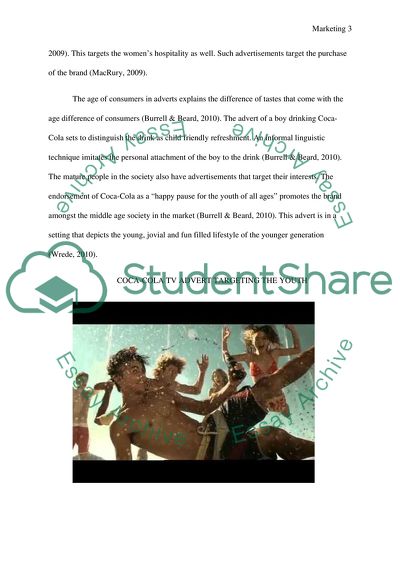Cite this document
(An Analysis of Images in Marketing Essay Example | Topics and Well Written Essays - 1500 words, n.d.)
An Analysis of Images in Marketing Essay Example | Topics and Well Written Essays - 1500 words. https://studentshare.org/marketing/1868495-an-analysis-of-images-in-marketing
An Analysis of Images in Marketing Essay Example | Topics and Well Written Essays - 1500 words. https://studentshare.org/marketing/1868495-an-analysis-of-images-in-marketing
(An Analysis of Images in Marketing Essay Example | Topics and Well Written Essays - 1500 Words)
An Analysis of Images in Marketing Essay Example | Topics and Well Written Essays - 1500 Words. https://studentshare.org/marketing/1868495-an-analysis-of-images-in-marketing.
An Analysis of Images in Marketing Essay Example | Topics and Well Written Essays - 1500 Words. https://studentshare.org/marketing/1868495-an-analysis-of-images-in-marketing.
“An Analysis of Images in Marketing Essay Example | Topics and Well Written Essays - 1500 Words”. https://studentshare.org/marketing/1868495-an-analysis-of-images-in-marketing.


